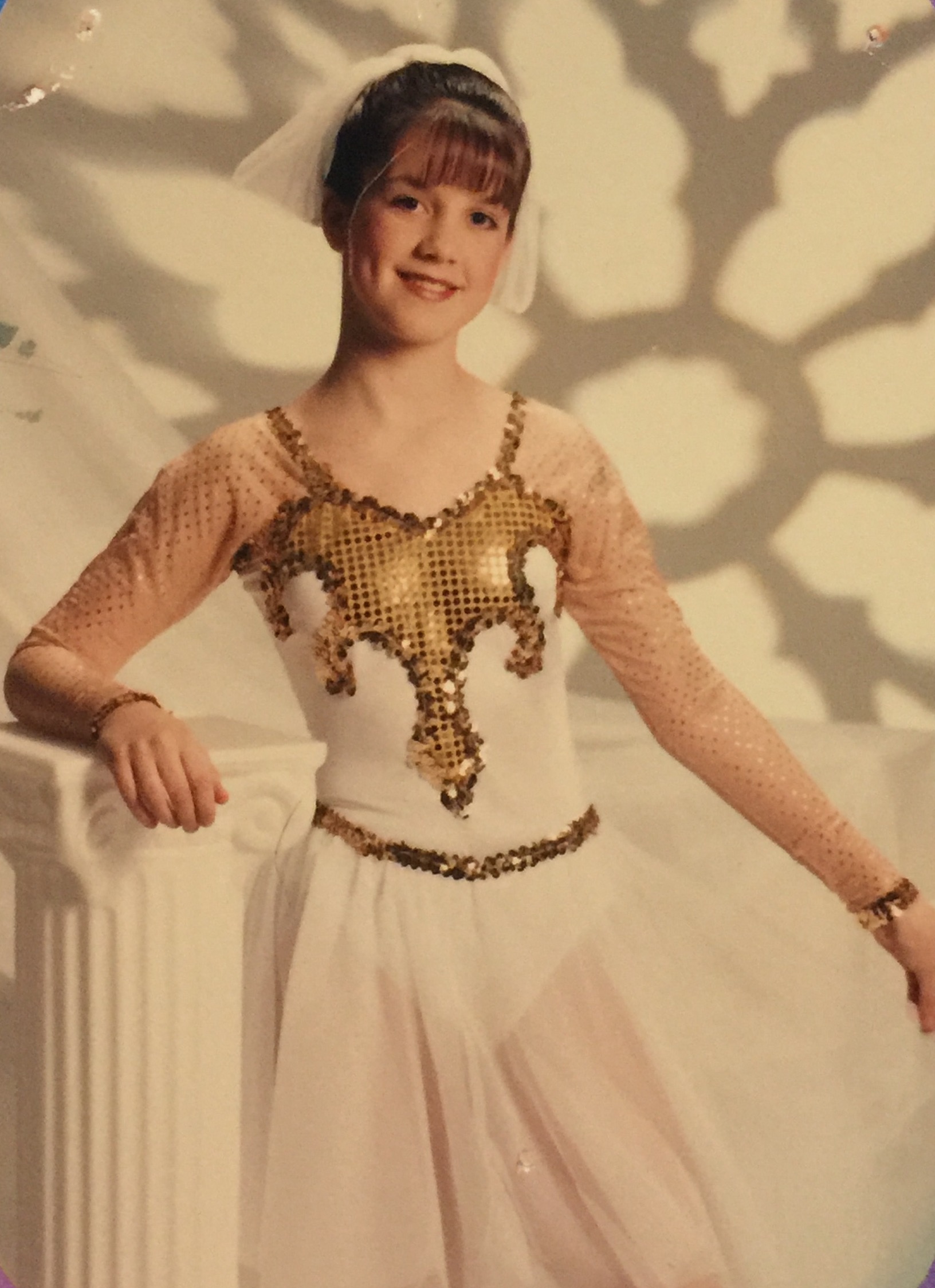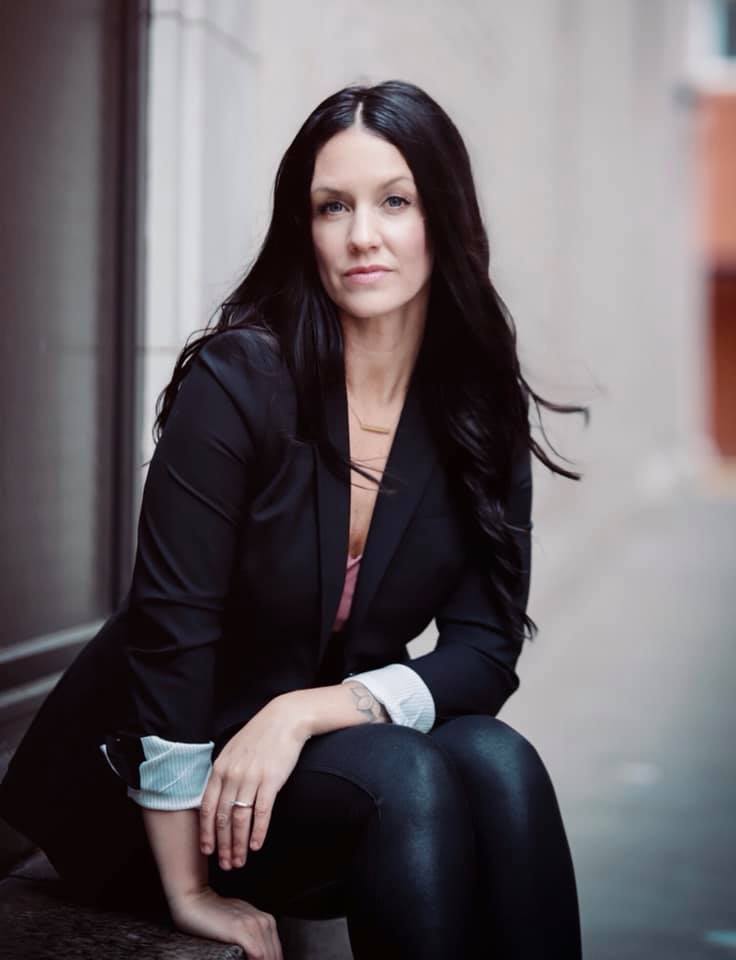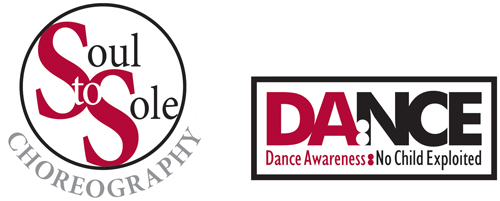By Danielle Freitag, LADC | December 2019
 There once was a little girl who loved to sing and dance. At first, she would twirl around the house like a ballerina without ever thinking she needed to have anyone to dance with, or for.
There once was a little girl who loved to sing and dance. At first, she would twirl around the house like a ballerina without ever thinking she needed to have anyone to dance with, or for.
This little girl was me, and like so many young girls, I had taken years of dance lessons–jazz, tap, and ballet. As a young girl, there was innocence in the way that I moved. To be able to move freely in expressions that elicit beauty gave a sense of liveliness. I’ve always loved to dance. Dance has also brought healing from the past–a past where dance became seductive and controlled.
My song and dance was eventually stolen. Over a progression of time, what was once innocent, became compromised.
Groomed for Sexual Exploitation
What I did not know in the younger years of my life, was that the hyper-sexualized dance I was taught, was linked to a grooming process that would make way for my entrance into the commercial sex industry.
Even though I learned mostly age appropriate dance choreography in a studio as a young girl, I also learned from the music videos, movies, and the clubs I wasn’t old enough to be in. Movies like Dirty Dancing captured my attention. Watching the dancing, both the appropriate and sexualized dance, taught me ways to move my body. With the purest of motives, my grandma would fast-forward through the scenes of dirty dancing as she rightfully believed that seeing people dance provocatively would teach my young mind a kind of inappropriate behavior. Eventually, I saw the entire movie, learning that there were other forms of dance than what I’d known.

Unintentionally seeing pornography at a young age was also a pivotal moment of influence. Seeing people posing on picture without their clothes on in the same body behaviors I was seeing in the culture of compromised dance was confusing. The older boyfriend who instructed me to remove my clothes as a teenager and perform a, “harmless striptease,” also an influence. He was the man who brought me into the strip club industry, where dance was completely seductive for one purpose–arousal.
Pivotal moments, including learning seductive body movements, exploited my vulnerabilities. The grooming process taught me my worth as a body commodity meant to put on a show.
At first, my entrance into the strip club industry was exhilarating, empowering, and what I thought was glamorous; however, eventually I saw the industry for everything that it is; exploitative, disempowering, and destructive.
My body on a stage, once a little girl with hopes and dreams who danced like a ballerina, now dancing in seductive movements for all to see. I wasn’t singing anymore and I certainly wasn’t dancing how I first intended to. After five years of working as an exotic dancer, the fancy term for stripper, I wasn’t creating anything of beauty or innocence. I wanted out. Exiting the industry meant beginning a journey of healing–body, spirit, and soul, from the trauma that accompanied all life had become.
The Dance of Restoration
Because of the body-memory associated with seductive and exploitive movements, it was pivotal for me, just as it is for any woman coming out of sexual trauma or exploitation, to learn to move in a different way. My restoration occurred, because I was able to reconnect my body to innocence through dance.
“If you are involved in addressing victims of sexual abuse, they need movement. They literally need to dance. They literally need to have their bodies return to them by an acknowledgment of the fact that we are sinews, muscles. We are bones and movement. What evil wishes to do through the experience of betrayal is to turn you against your body and through powerlessness to take away your effectiveness in this world and ultimately to bring shame to your body.” – Dr. David Allender
Compromised Dance
Seductive dance is meant to draw the viewer into a performance that produces arousal.
The Latin origin of the word ‘seduction’ means to lead or attempt to lead astray, enchant, or entice into a wrong or foolish course, especially a sexual act. The dancing styles of seduction are many, including alluring, tantalizing, and charming. Movements with an emphasis on articulations of the hips, butt, or breasts used to punctuate the music or accent a beat are sexualized movements reminding the viewer of sex, which is why these movements cause arousal.
Bouncier movements of appropriated twerking, or grinding movements certainly have no place in public dance and especially, in children’s dance. The sexualization of children and young teens in dance classes is completely inappropriate. Sexualized movements imposed on small children who don’t understand what they’re doing is a form of grooming that sets them up into a pornified culture that places value on the body for seduction. Teaching seductive dance to young girls grooms them into the lie that there is power in being commodified.
The good news that both provokes responsibility and provides a challenge, is that preventing children from becoming sexualized begins in the home and extends into places of influence (dance classes, schools, media, etc . . .).
 Four Solutions
Four Solutions
- Understand age-appropriate dance choreography–the difference between healthy and sexualized dance
- Parents, speak up and have the conversation with dance teachers if you see sexualized dance
- Screen and use discretion about the kind of media influences allowed in the home
- Include healthy, appropriate dance as an aspect of best care practices for women healing from the trauma of sexual abuse and/or exploitation
Now, I dance to express freedom as a restored, healed child of God who dances not for an audience or man in movements of seduction. I no longer move like a puppet held by strings of entanglement that influence me to bring arousal, while club managers profit off of exploiting me.
Now, there is innocence, beauty, and liveliness in movements that usher in connection with my Creator–He who created me body, spirit, and soul.
 Danielle Freitag, LADC, author, co-founding executive director of Action169.com, is an overcomer of severe addiction and the commercial sex industry.
Danielle Freitag, LADC, author, co-founding executive director of Action169.com, is an overcomer of severe addiction and the commercial sex industry.
Danielle works as a counselor and advocate, providing direct support, care, and counseling for women. She is the creator of Arukah, a trauma-informed, faith-centered counseling service promoting holistic restoration through evidence-based practices, including the creative arts. Her mission is to empower women to overcome substance use and to enable those in the strip club industry to know their intrinsic worth. Invited to speak nationally and internationally, Danielle’s captivating story of transformation inspires hope and offers solutions. She and her husband Corey reside in Minnesota.
Author:
